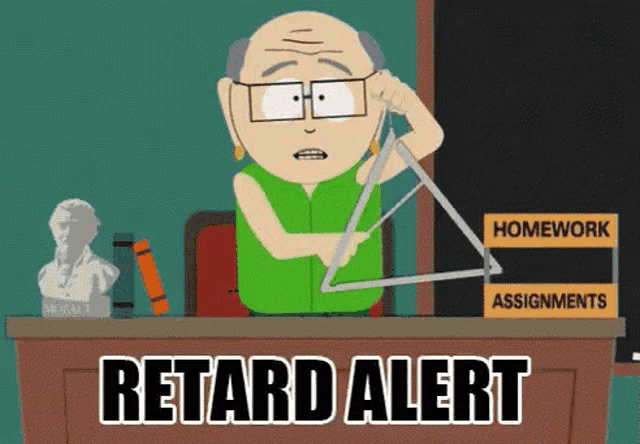I didn't say Money was not a creep. But he was not an activist, and he was a scientist and sexologist. I gave the history behind the introduction of the distinction. That was what was at issue, not his own moral qualities.
I never said sex and gender are "completely different". I already cited many different papers that track specific issues. I said that there is a community consensus on the conceptual distinction, even if the concepts themselves are still hazily defined. To say they are different concepts is not to say that they are not referentially coextensive in many cases, or that they do not have semantic overlap.
Concerning the literature.
This is the most important foundational paper:

psycnet.apa.org
This is another important paper from the neurophysiological end:
Transsexuals have the strong feeling, often from childhood onwards, of having been born the wrong sex. The possible psychogenic or biological aetiology of transsexuality has been the subject of debate for many years. Here we show that the volume of the central subdivision of the bed nucleus of...

pubmed.ncbi.nlm.nih.gov
And Hahn:
This is a good literature review of the scientific literature:
Medical care of transgender patients, including surgical and hormonal treatment, has largely been met with resistance by physicians in favor of psychiatric treatment, owing to misconceptions that gender identity can be changed. There is increasing evidence of a biological basis for gender...
www.sciencedaily.com
This is a good review of the conceptual taxonomical issues across disciplines:
You can continue to research at your own leisure, or ask specific questions. You want me to lay out an argument for the distinction between sex and gender.
1) There is a distinction between biological and social factors
2) Biological factors include sexual determination, dividing between male/female, intersex, and other types.
3) Certain social roles are commonly associated with specific sexual types, and these roles are context dependent as well as historically mutable.
4) Such roles include descriptive generalizations ("girls play with dolls, boys play with guns") and prescriptive norms ("women belong in the kitchen").
5) Such social roles determine how individuals identify one another and themselves, in relation to a variety of other determinations, including biological sex, sexual orientation, psychological and social roles, and belonging to specific communities.
6) The set of concepts comprising such social classification terms are commonly labelled under the rubric "gender".
7) Gender concepts are sometimes syntactically equivalent to biological-sex concepts (e.g. the term "male" can refer either to the biological concept, or to the gender concept) but are not semantically identical, i.e. they are not invariant under substitution; e.g. "Biological males express X-Y chromosomes" is not synonymous with "Male identifying individuals express X-Y chromosomes," since they are not co-referential nor sense-equivalent.
8) The concepts "sex" and "gender" while correlated to sexual determination in different ways, and always (trivially) coextensive with biologically sexed individuals, therefore are not coextensive (extensionally identical) nor sense-equivalent (intensionally identical).
I can formalize this with basic predicate calculus (quantificational logic):
1) ∃x (Sex(x) Biological(x)) and ∃x (Gender(x) ∧ Social(x))
There exist classifications of individuals that are biologically grounded (Sex) and classifications that are socially grounded (Gender).
2)Sex(x) is by B-properties (e.g., chromosomal type, reproductive anatomy).
Sexual classification tracks biological factors.
3) Gender(x) is a function of S-properties, including descriptive norms (e.g., behavioral generalizations) and prescriptive norms (e.g., normative role expectations).
Gender classification tracks socially constructed roles and expectations.
4) ∃x,y (Sex(x) = Sex(y) ∧ Gender(x) ≠ Gender(y))
There exist individuals who share a biological sex but differ in gender identity.
5) ∃x,y (Gender(x) = Gender(y) ∧ Sex(x) ≠ Sex(y))
There exist individuals who share a gender identity but differ in biological sex.
6) For some term t (e.g., "male"), t may refer either to Sex(x) or Gender(x), but such terms are not generally substitutable. "Male" is syntactically ambiguous and context-sensitive; semantic content varies across uses.
7) Let C(x) be a classification concept (e.g., "male") applied to the set x of human individuals. Then:
If C(x) = Sex(x), it refers to B-properties.
If C(x) = Gender(x), it refers to S-properties.
But C(x) ≠ C(y) unless both sense and reference are preserved.
Conclusion) Sex and Gender are distinct but partially correlated classification schemes.
Formally:
¬∀x (Sex(x) ↔ Gender(x)) ∧ ¬∀x (Sex(x) ≡ Gender(x))
That is, Sex and Gender are neither coextensive (extensionally identical) nor sense-equivalent (intensionally identical).
Have a good day.
Oh, and with regard to
what is a woman?
The term "woman" refers to the set of individuals who are members of the human species, and who are traditionally identified with either (a) specific
biological sex, itself determined by specific physiological/anatomical (they have a vagina), developmental ("ovulation begins in puberty..."), and genetic properties (XX chromosome), or (b) specific
gender roles, determined a variety of historically and culturally varied social (women are mothers), cognitive (women are more emotional than men), behavioral (women lie more than men), normative determinations (women belong in the kitchen).
As the disjunctive in the definition indicates, the term "woman" refers therefore to an indeterminate plurality of concepts that are semantically/extensionally divergent, while also overlapping to varying extents, i.e. there is no singular concept
woman that everyone uses, but divergent concepts share partially in reference and sense, e.g. the set of all female-identifying individuals includes but is not limited to a subset of biological females.



